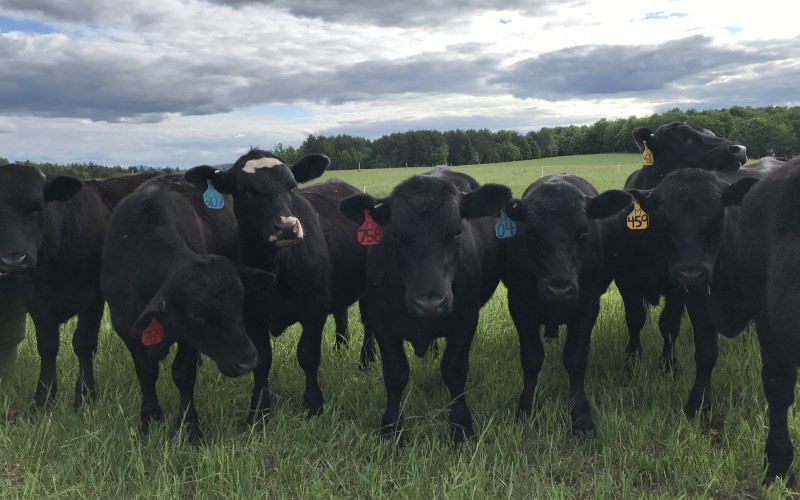June 16, 2025
Livestock Risk Protection (LRP) Expanded Coverage: What Livestock and Dairy Producers Need to Know
By: Megan Clancy

The USDA Risk Management Agency (RMA) has announced significant updates to the Livestock Risk Protection (LRP) program for the 2026 crop year, effective July 1, 2025. These changes are designed to give producers more tools to manage risk and better align coverage with market dynamics.
New Coverage Types: Filling Gaps for Dairy Producers
Two new coverage options were added to LRP:
1. Feeder Cattle – Unborn Calves
This is a first-of-its-kind LRP coverage option for beef calves and beef/dairy cross calves that are intended for sale within 14 days of birth.
Why this matters:
In recent years, many dairy producers have leaned into breeding strategies that produce beef/dairy cross calves — tapping into strong beef market prices to boost bottom lines. Previously, LRP coverage had limited flexibility and required calves to weigh 100 lbs. This new option allows producers to lock in price protection for these calves with more flexibility and weight options, helping to shield revenue from potential market downturns.
2. Fed Cattle – Cull Cows
Another new addition is specific coverage for dairy cull cows, which often fall outside the weight and grade targets of traditional fed cattle programs.
Why this matters:
Dairy producers routinely cull cows, but prices for cull cows can be volatile and susceptible to seasonal supply/demand swings. This new LRP coverage provides a way to hedge against low cull cow prices and protect a meaningful portion of dairy revenue.
Key details:
- 13-week coverage period
- Tailored to dairy cows being marketed for beef
Together, these new options are important for recognizing the diversity of marketing strategies across the beef and dairy sectors.
Other Notable Changes
In addition to the new coverage types, other 2026 LRP changes include:
- Billing and termination dates will be postponed by one month
- Flexibility to use forward contracts or purchase agreements for establishing coverage
- A drought exemption based on the U.S. Drought Monitor for feeder cattle
- Additional recordkeeping requirements, especially for sex verification and proof of delivery
- Clarified language on subsidy capture
What Should Producers Do Next?
If you’re a beef or dairy producer, these changes may open the door to new LRP options that better reflect your marketing strategy. To make the most of these new changes, consider the following steps:
- Talk with your livestock risk management agent to understand how these changes may affect your operation
- Review calving and marketing plans now to align with the July 1, 2025 changes
- Maintain accurate, up-to-date records to meet the documentation requirements
Now is the time to take a fresh look at your risk management plan and ensure you’re protecting the value of your livestock in today’s dynamic market. For more details, check out the USDA RMA announcement on LRP changes here.
If you have questions about how LRP fits into your overall risk management strategy, reach out to your Dairy and Livestock Risk Management Specialist or your local Farm Credit East office.
Crop Growers is an equal opportunity provider.





